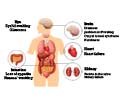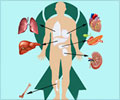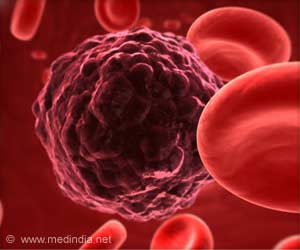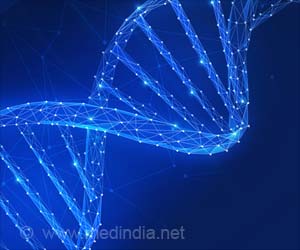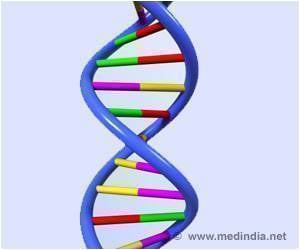High-dose chemotherapy and blood stem cell transplantation can result in long-term survival for patients diagnosed with primary systemic light chain (AL) Amyloidosis.
High-dose chemotherapy and blood stem cell transplantation can result in long-term survival for patients diagnosed with primary systemic light chain (AL) Amyloidosis.
AL amyloidosis occurs when plasma cells in bone marrow produce proteins that misfold and deposit in tissues, leading to organ failure and death. Between 1,200 and 3,200 new cases are reported each year in the United States, although researchers believe the disease is highly underdiagnosed.The researchers reviewed the records of 80 patients who received high-dose chemotherapy and blood stem cell transplantation from July 1994 through July 1997. The median survival for all 80 patients was 57 months. Eighteen of these patients, (23 percent) are still alive today, 10 or more years after undergoing the treatment. By comparison, only two percent of patients treated with oral melphalan and prednisone have survived more than 10 years.
According to lead researcher, Vaishali Sanchorawala, MD, an associate professor of medicine at Boston University School of Medicine, and clinical director of the Stem Cell Transplant Program, section of hematology/oncology at BUMC, high-dose intravenous melphalan and autologous stem cell transplantation has become a first-line treatment for patients with AL amyloidosis.
“However, efforts need to continue to be directed upon achieving a complete hematologic response in patients,” she says. “We are finding that the proportion of patients who ultimately achieve a complete response have the highest rate of long-term survival,” she adds.
Source-Eurekalert
JAY/C




